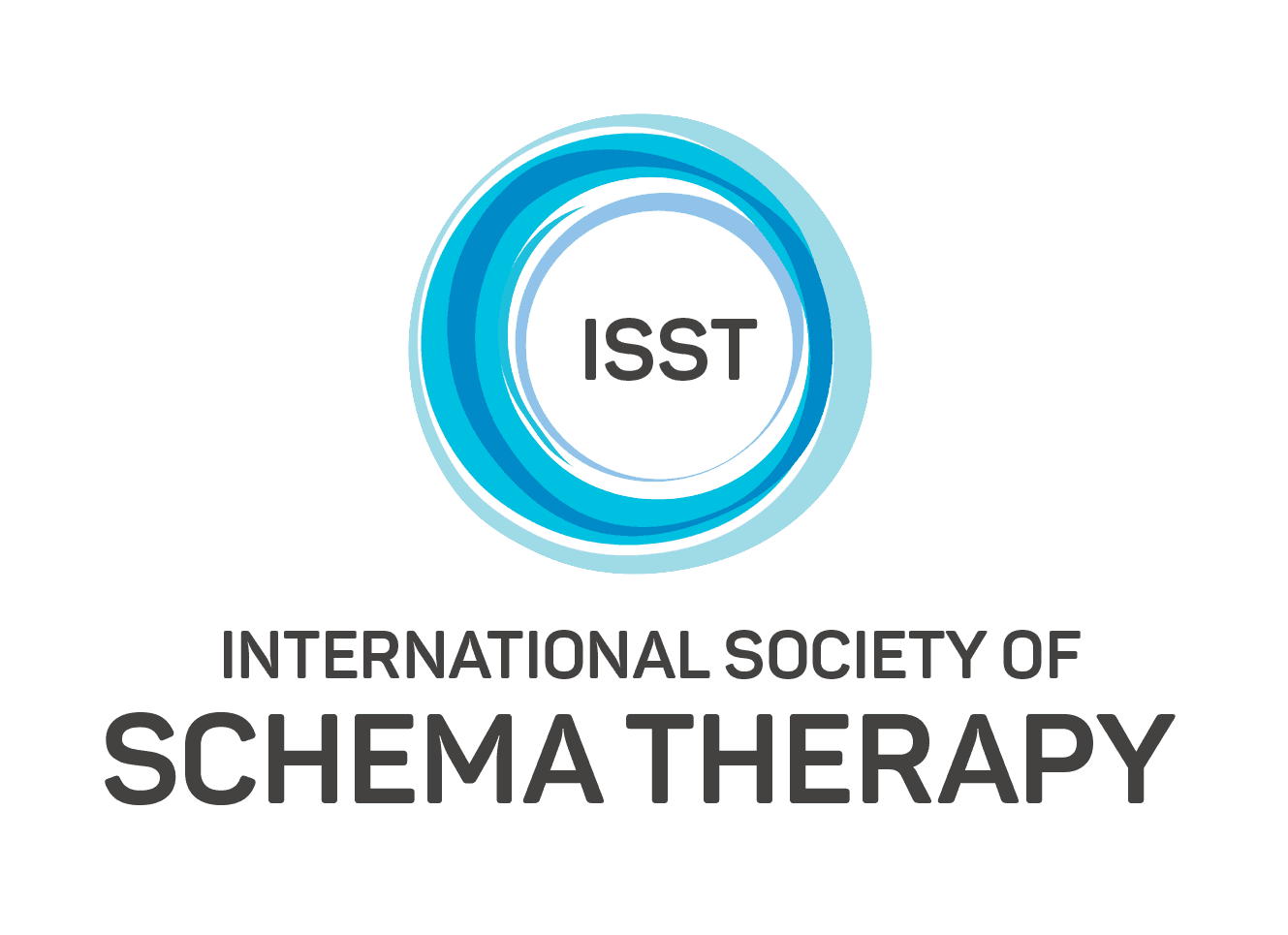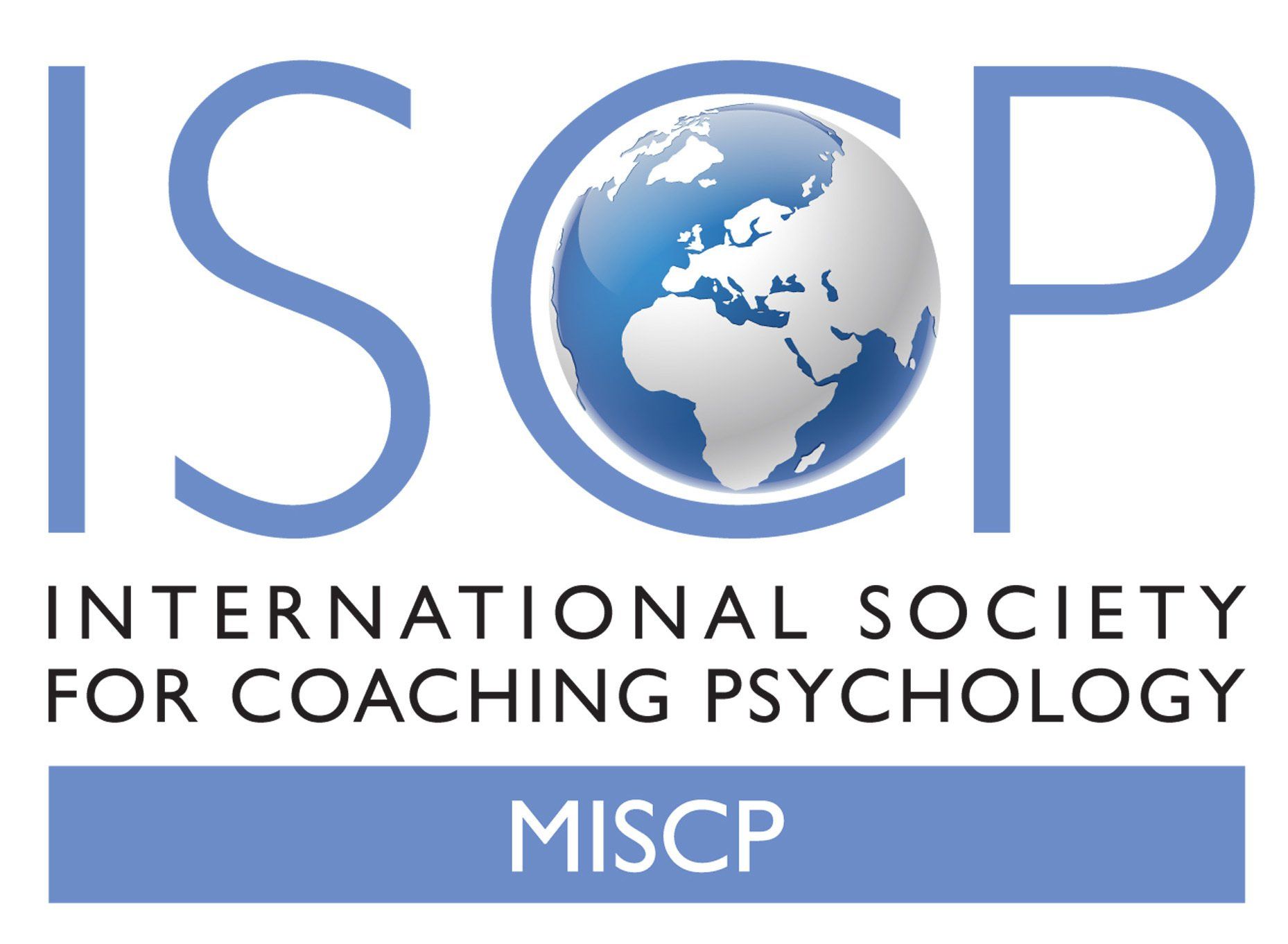
Schema Therapy
Schema Therapy
Schema Therapy (ST) is an integrative psychotherapeutic approach created by Jeffrey Young in the 20th century. Schema Therapy uses different techniques and theories of other therapies such as REBT /CBT, Gestalt Therapy, Psychodynamic Therapy, Theory of Attachment, and Theory of Object Relations by uniting them in a unique way.
Who is this therapy for?
Schema Therapy (ST) is developed mainly for treatment of chronic personality disorders, but has an application to other psychological problems.
What will be the focus of the psychotherapist?
According to ST, the Schemas are foundation for the presented problems. They are a kind of explanation of human experiences that are activated in certain situations. Schemas produce various behavioral reactions called "coping styles" that support its existence. Schemas and coping styles induce a state of mind defined by Yong as “Mode” -kind of temporary psychological states. During the childhood a child's needs are not met then the schemas, coping styles and the modes develop. The goal of therapy is to meet the client's emotional needs and to develop or enhance “Healthy Adult”, and to replace non-adaptive coping styles & maladaptive schemas with healthy ones.
How is this change achieved?
This is accomplished through certain techniques such as the technique of chair work, visualization, empathic confrontation, flash cards, limited parenting, and recording of presentations.
What is the duration of treatment with Schema Therapy?
Schema Therapy requires continuous treatment - at least 20 sessions due to the specifics of chronic disorders.
How effective is therapy?
Schema Therapy has shown more effective results than other therapies such as Transference Therapy or standard CBT.
Contact Us
E-mail: info@steadysense.org
Phone: +44 (0) 7917924222
01315749573
+44 (0)7584730847
Copyright Steady Sense 2024 © All Rights Reserved.







